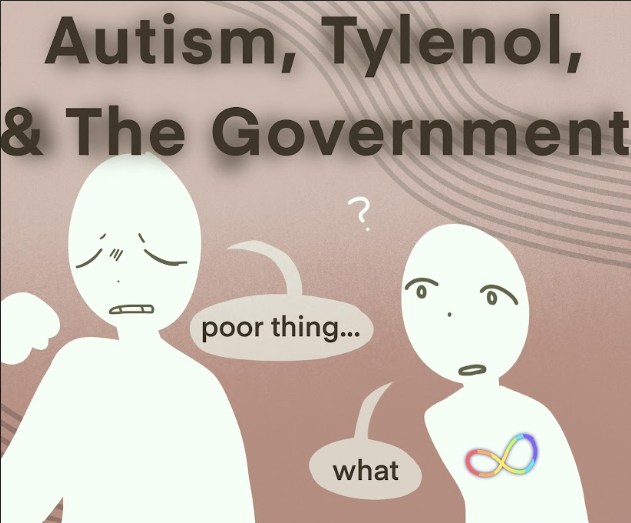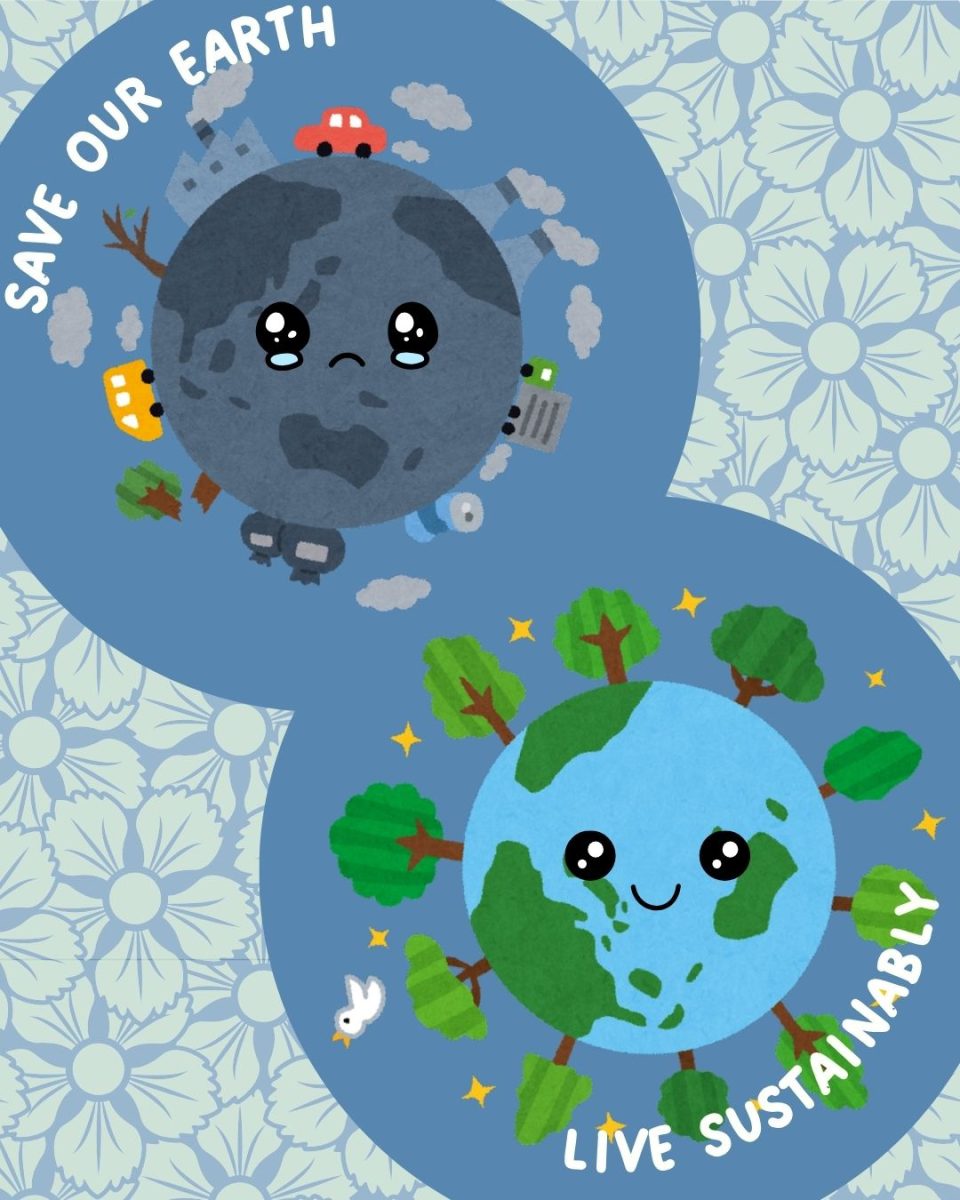Monday marked the second inauguration of Donald Trump, our 45th and now 47th president. Within hours in the office, he issued a slew of executive orders that cast a dark shadow over our environmental future. Of the almost 30 executive orders signed on Inauguration Day, 7 impact the environment, dismantling key protections and initiatives that were in place to preserve our planet. From withdrawing the U.S. from the nearly decade-long Paris Climate Agreement to halting renewable energy projects, these actions represent a significant step backward in the fight against climate change. The consequences of these orders will be felt not only across the U.S., but also around the globe. As we take a look at the details, it’s clear that the environmental impact of these executive orders could be catastrophic.
Withdrawal from the Paris Climate Agreement
The Paris Climate Agreement, adopted in 2015 and effective since 2016, is an international treaty created to unite countries in the fight against climate change by reducing greenhouse gas emissions. This isn’t the first time Trump has withdrawn from the agreement; he previously did so during his first term in office, but it was reinstated by former president Joe Biden in 2021. Trump’s decision to withdraw once again signifies a retreat from global climate leadership. This will greatly weaken international efforts to combat climate change and hinder progress toward limiting global temperature rise.
Unleashing American Energy
With this order, Trump is prioritizing fossil fuel use and production on federal land and waters. The order makes oil and gas production easier and cheaper and works against various clean energy initiatives, including electric vehicle incentives and appliance efficiency standards. By promoting fossil fuels, this directive is likely to increase greenhouse gas emissions, exacerbate air pollution, and delay a transition to a suitable energy system.
Blocking New Wind Energy Projects
Trump’s executive order to withdraw from wind energy projects halts the auctioning of rights to build wind farms offshore and temporarily blocks new rights for wind projects on public lands. This decision disrupts the growth of the wind energy industry, which has been a critical component of the renewable energy sector. The order could slow down the shift away from fossil fuels and undermine efforts to reduce carbon emissions.
Revisiting the EPA’s Climate Change Findings
By directing the Environmental Protection Agency (EPA) to revisit its 2009 finding that climate change is a serious threat, Trump has opened the door to weakening climate regulations. If the EPA reverses its findings, it could lead to even more rollback of critical policies aimed at reducing greenhouse gas emissions and protecting public health. Scientists are being asked to discredit their own findings, posing a serious threat to the integrity of scientific inquiry and challenging the role of science in shaping policy and eroding trust in scientific institutions.
Ending the Green New Deal
This executive order halts the Green New Deal, a collection of measures designed to boost green jobs, regulate the fossil fuel industry, and limit pollution. This action also stops funding appropriated through the Inflation Reduction Act and other laws on infrastructure and jobs. By restricting these initiatives, this order jeopardizes efforts to create a sustainable and resilient economy.
Declaring a National Emergency
This executive order declares a national energy emergency focused on increasing fossil fuel production. The official document states, “We need a reliable, diversified, and affordable supply of energy to drive our Nation’s manufacturing, transportation, agriculture, and defense industries, and to sustain the basics of modern life and military preparedness.” It includes filling up strategic oil reserves and expanding oil and gas drilling in the Arctic. The order prioritizes short-term energy security over long-term environmental sustainability, potentially leading to habitat destruction, increased carbon emissions, and environmental degradation.
Terminating Environmental Justice Programs
Trump’s order titled “Ending Radical and Wasteful Government DEI Programs and Preferencing” terminates a range of environmental justice efforts, including offices, positions, programs, and activities. This decision undermines efforts to address the disproportionate impact of environmental issues on marginalized communities and strips communities of programs that have been vital in promoting equitable access to clean air, water, and a healthy environment.
Conclusion: An Uncertain Future
The speedy signing of these executive orders signifies a large shift in U.S. environmental policy. The long-term impacts of these decisions will be devastating, not only for the environment but also for public health and global climate efforts. As we navigate the consequences of these orders and actions, it is crucial to remain vigilant and advocate for policies that protect our planet and future generations.
If you are feeling frustrated or in a need to take initiative, take a look at your local environmental policy and politics. Once 18, you can vote and sign petitions, or if under the age of 18, you can attend protests and write to elected officials. You can get involved with local environmental groups, attend city council meetings, support renewable energy projects, and make continuous efforts to keep yourself and others informed.
























